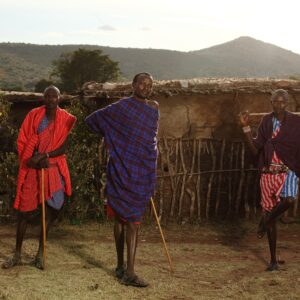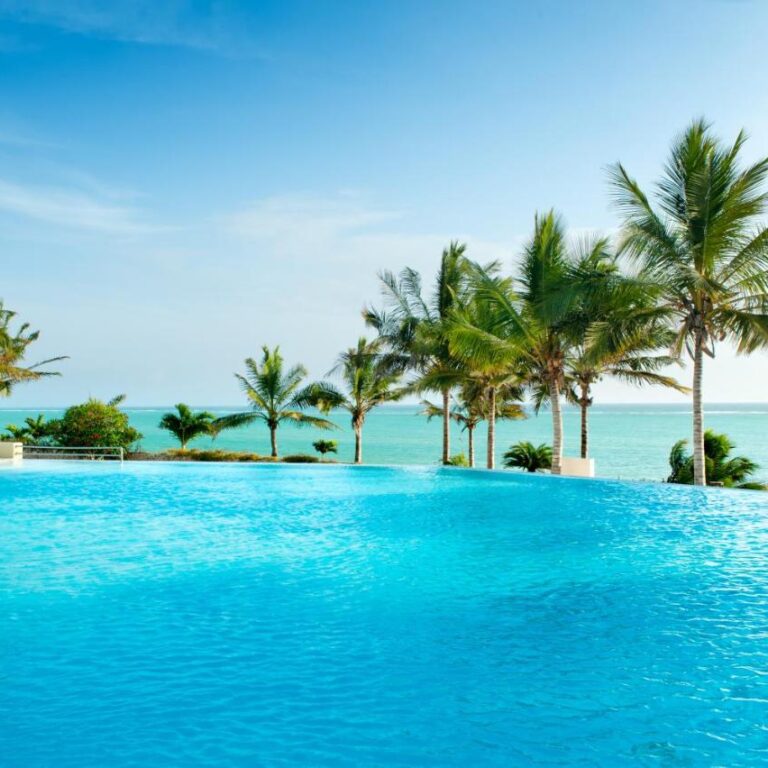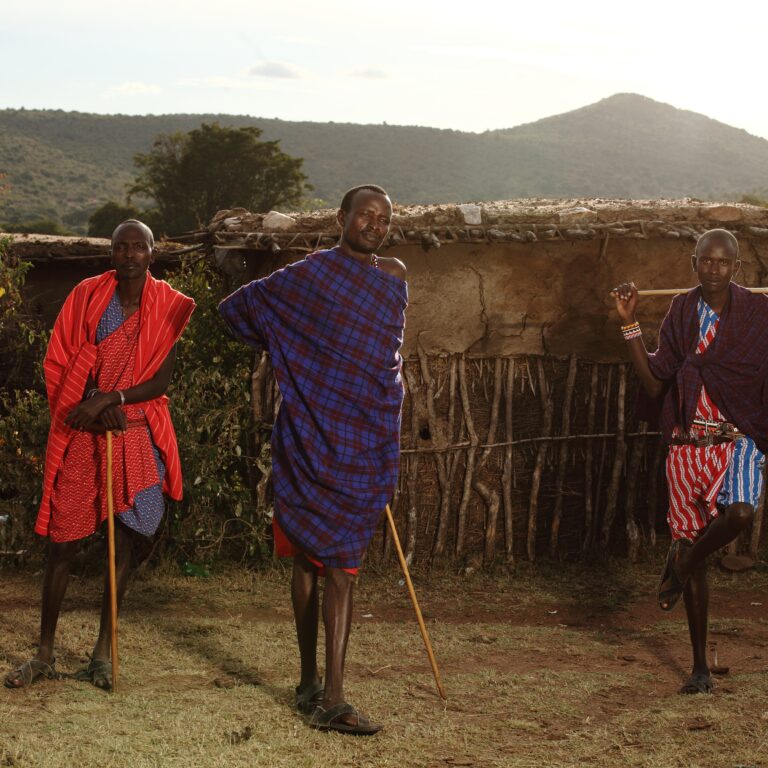What to Wear on an African Safari: A Comprehensive Guide.
An African safari is a dream adventure for many travelers. The opportunity to witness the magnificent wildlife, explore breathtaking landscapes, and immerse oneself in the rich cultures of Africa is an experience like no other. However, packing for an African safari can be a daunting task, especially when it comes to choosing the right clothing. In this comprehensive guide, we will walk you through what to wear on an African safari, taking into account the diverse climates, activities, and cultural considerations you may encounter during your journey.
1. Understanding the Climate
Africa’s diverse landscapes mean that the climate can vary greatly from one region to another. Before packing for your safari, it’s crucial to research the specific area you will be visiting and the time of year you plan to go. The best wildlife viewing months in Tanzania are during the Dry season from late June to October. The best chance of seeing the wildebeest migration in the Serengeti is during June and July and the time to see the wildebeest calving is late January to February. Tanzania’s main rainy season, or the ‘long rains’, last during about March, April, and May. Best East Africa Safari Clothes for Comfort and Protection. Here are some general climate zones you may encounter:
Tropical Rainforest: Hot and humid with frequent rain showers. Think Central Africa, like Uganda or Gabon.
Savannah: Warm to hot with distinct wet and dry seasons. East Africa Packing List What to Wear on Safari. Iconic destinations like the Serengeti fall into this category.
Desert: Extremely hot and dry during the day, but often quite cold at night. The Sahara Desert is a prime example.
Coastal: Moderate temperatures with ocean influence. Coastal regions like Kenya’s Mombasa offer a different experience.
Mountain: Cool to cold, with temperatures dropping at higher altitudes. Consider places like Kilimanjaro or the Drakensberg Mountains.
2. Layering is Key
Given the varying climates in Africa, layering your clothing is a smart approach. Layering allows you to adapt to changing weather conditions and temperatures throughout the day. Here’s how to effectively layer for an African safari:
Base Layer: What to Wear on an African Safari? Start with a moisture-wicking base layer to keep sweat away from your skin. This can be a lightweight, long-sleeved shirt and long underwear.
Insulating Layer: Depending on the weather, exactly know what to Wear on an African Safari by add an insulating layer, such as a fleece or lightweight sweater, for warmth.
Outer Layer: What to Wear on an African Safari? Your outer layer should consist of clothing that is both breathable and weather-resistant. A light, waterproof jacket or vest is a great choice to protect against rain and wind.
3. Safari Clothing Essentials
3.1 Neutral-Colored Clothing
Neutral colors such as khaki, beige, olive green, and light brown are the go-to choices for safari clothing. These colors help you blend into the natural surroundings and minimize the chances of startling wildlife. Avoid bright colors and flashy patterns, as they can attract unwanted attention from animals.
3.2 Comfortable and Breathable Fabrics
Choose clothing made from breathable, moisture-wicking fabrics like cotton, linen, and lightweight synthetic materials. These materials will keep you comfortable in the heat and help regulate your body temperature. Ultimate Safari Clothing Guide- What To Wear On Safari in Africa, Complete African Safari Packing List [Checklist and Guide], The Ultimate African Safari Packing List, Safari Outfits Ideas That Are Easy & Affordable, The Comprehensive Guide to What to Wear on Safari, Safari Clothing – Expert safari packing advice and top tips, Women’s Safari Clothing for Africa Overland Travel.
3.3 Long-Sleeved Shirts and Pants
Long-sleeved shirts and long pants are essential for protecting your skin from the sun, thorny vegetation, and insect bites. Look for clothing with built-in UV protection for added safety against the sun’s harmful rays. What to Pack African Safari Packing List, 10 Things You Must Pack for Your Safari. What to Pack for an African Safari, The Ultimate Packing List for Your African Safari. Safari Packing List & What To Wear On Safari.
3.4 Closed-Toe Shoes
Comfortable, closed-toe shoes with good tread are a must. Choose lightweight hiking boots or sturdy sneakers that provide support for walking and exploring the terrain. Ensure they are well broken-in to prevent blisters.
3.5 Hat and Sunglasses
A wide-brimmed hat is essential to shield your face and neck from the sun. Sunglasses with UV protection will protect your eyes from the harsh African sun and glare.
4. Accessories and Gear
In addition to clothing, there are several accessories and gear items to consider packing for your safari:
Binoculars: A good pair of binoculars will enhance your wildlife viewing experience, allowing you to spot animals from a distance.
Camera and Accessories: If you’re a photography enthusiast, bring your camera and essential accessories like spare batteries and memory cards.
Reusable Water Bottle: Staying hydrated is crucial, so carry a reusable water bottle to reduce plastic waste and ensure you have access to clean water.
Insect Repellent: Pack a reliable insect repellent to protect yourself from mosquitoes and other biting insects, especially in malaria-prone regions.
Medications: Carry any necessary medications, including antimalarial drugs if required for your destination, along with a basic first-aid kit.
Power Bank: Ensure your devices stay charged with a portable power bank, as electricity availability can vary in safari lodges.
5. Cultural Sensitivity
Respect for local cultures and traditions is vital when it comes to clothing choices. While on safari, you may have opportunities to interact with local communities. Here are some tips for dressing respectfully:
Cover Shoulders and Knees: In many African cultures, it’s customary to cover shoulders and knees, especially when visiting villages or religious sites. Pack a lightweight scarf or shawl to cover up when needed.
Modesty: Avoid clothing that is overly revealing or provocative, as it may be considered disrespectful in conservative areas.
Remove Hats Indoors: It’s polite to remove your hat when entering someone’s home or a place of worship.
Ask for Permission: Always ask for permission before taking photos of local people, and respect their wishes if they decline.
Recommended African Safari Packing List/ Clothing to bring
T-shirts and tank tops
Long-sleeved shirts (for protection from sunburns)
Shorts
Light long pants or convertible long-short pants
Warm fleece pullover or jacket
One swimsuit
Cotton socks and underwear
Pajamas
One pair of comfortable walking shoes
One pair of sandals or flip-flops
Wide-brimmed hat
Bandana (for dust)
Heavy sweater, gloves, and toque if traveling in the cold season (June – August).
What to Bring on your East African Safari
Passport
Plane tickets
Travel Insurance Policy & Emergency Contact Numbers
Yellow Fever Vaccination Certificate (if applicable)
Safari itinerary
U.S. dollars in large and small denominations ($20, $50 & $100 bills should be issued after 2005)
Credit cards and ATM bank cards
Sunglasses
Sunscreen and lip balm
Small flashlight or headlamp
Insect/Mosquito repellent
Eye drops and extra contact lenses or spare glasses (if applicable)
Anti-bacterial hand sanitizer
Tissue paper and small travel towel (washrooms in Tanzania often don’t have toilet paper or paper towels)
Camera, extra memory cards, batteries, and charger, if applicable
UK plug adapter and transformer/voltage converter, if applicable
Ziplock bags for toiletries, camera equipment, snacks, etc.
Personal toiletries
FAQs What to Wear on an African Safari
What should I wear on a safari in the summer?
In summer, lightweight, breathable clothing is essential. Opt for long-sleeved shirts and pants made from lightweight fabrics. Don’t forget a wide-brimmed hat, sunglasses, and sunscreen for sun protection.
Can I wear shorts on a safari?
While shorts are generally acceptable for safaris, it’s advisable to wear longer pants or convertibles for added protection against sun, insects, and vegetation. Bring a pair of shorts for more relaxed moments at the lodge.
Do I need to dress up for dinner at safari lodges and camps?
Most safari lodges and camps have a relaxed dress code, but it’s a good idea to check with your specific accommodation. Casual attire like khaki pants and a collared shirt is usually sufficient.
Are camouflage clothes allowed on a safari?
Camouflage clothing is typically discouraged on safaris, as it’s associated with military or hunting activities. Stick to neutral colors to respect the wildlife and local regulations.
What’s the best footwear for a safari?
Closed-toe shoes with good traction, like hiking boots or sturdy sneakers, are the best choice. Ensure your footwear is comfortable and suitable for walking in various terrains.
Should I bring a swimsuit?
If your safari includes a lodge or camp with a pool, it’s a good idea to bring a swimsuit for relaxation. Check with your accommodation to confirm if a pool is available.
What colors should I avoid wearing on a safari?
Avoid wearing bright colors like red, orange, and neon shades, as they can startle wildlife. Stick to neutral tones like khaki, beige, and green.
Can I wear jewelry on a safari?
It’s best to keep jewelry minimal to avoid drawing attention to yourself and potentially attracting wildlife. Simple accessories like a watch and stud earrings are generally safe choices.
In conclusion, packing for an African safari requires careful consideration of the climate, activities, and cultural norms. By following the guidelines in this comprehensive guide, you’ll be well-prepared to enjoy your safari adventure while staying comfortable and respectful of the environment and local communities. Remember to plan ahead, check the specific requirements of your destination, and prioritize comfort and functionality when choosing your safari attire. Enjoy your safari and the incredible wildlife and landscapes of Africa!








